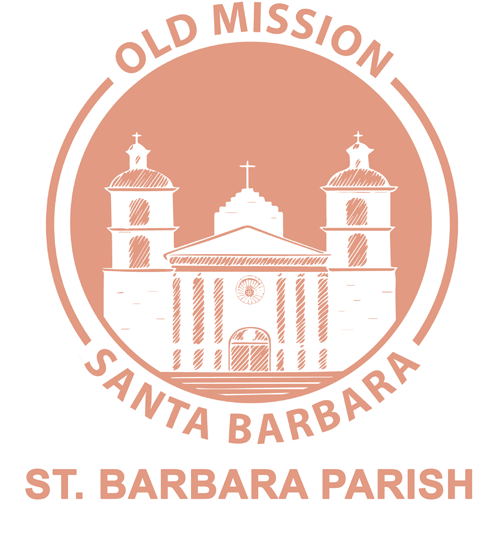The Holy Spirit Art of Translation
Dear Friend,
“Are not all these people who are speaking Galileans? Then how does each of us hear them in his own language?” How indeed?! Parthians, Medes, Elamites – the whole crowd stood in amazement. The first Pentecost stands as the finest simultaneous translation in history. (And it was pre-Google!)
The creative action of the Holy Spirit is nothing less than the art of translation (from the past participle of transferre (Latin), to carry across, to ferry to the far shore). The first inkling of this idea came to me in an essay entitled “Great Possessions,” by the poet Denise Levertov. She writes that the task of every artist is that of a translator. She elaborates that, in addition, “art is meant to transmit us (send us across) “not in the sense of bringing the information to the receiver but of putting the receiver in the place of the event – alive.” Speaking theologically, God is the great artist, who, through the Holy Spirit, translates divine life to us in Jesus Christ, the living word. At every Mass, we might say, the Holy Spirit translates bread and wine, bringing us all into the real presence of Christ’s ongoing action.
The capacity for this art is conveyed to each one of us at baptism, as God forms us to translate for others our own experience of God’s love. Last Sunday, the responsorial psalm spoke of a “blare of trumpets” and right away I imagined Louis Armstrong taking his place in the celestial throng. (Here on earth, he’s taken me to heaven more than once - alive!) After Mass, in a burst of inspiration over by the donuts, young Joseph, our altar server, pulled a harmonica out of his pocket and started to blow. His breath became music! May it heal the world!
Gratefully,
Father Dan ofm, Pastor
